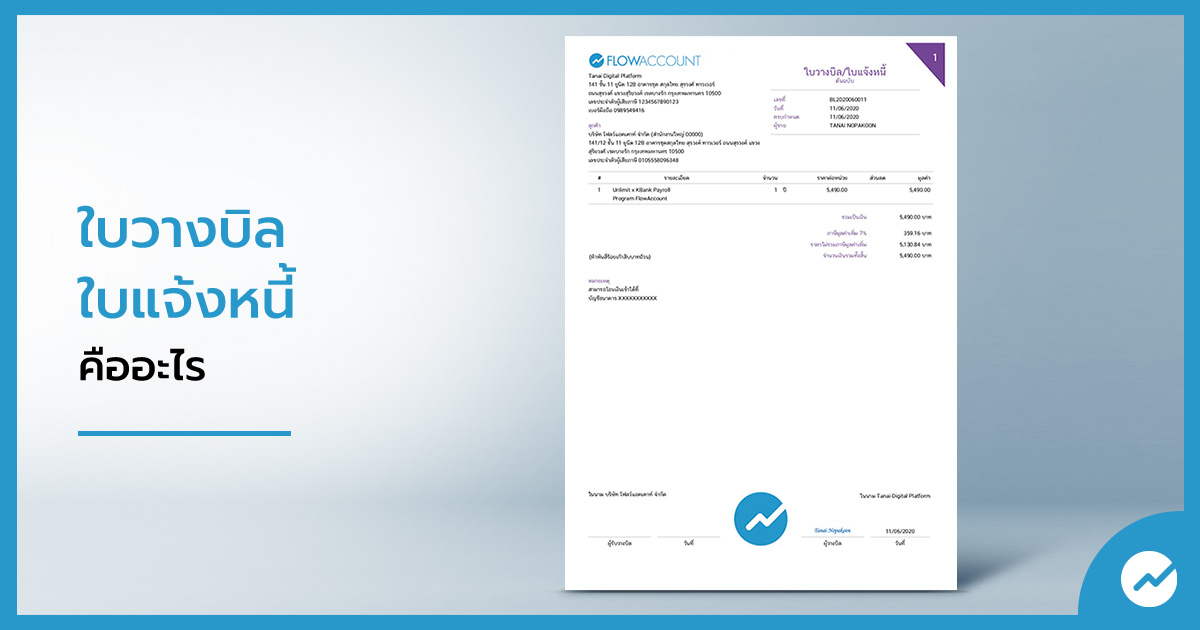Billing notes and invoices for credit term payments
Issue billing notes/invoices on time and without errors
Create billing notes online in seconds with FlowAccount. Easily generate invoices from quotes for every billing cycle, regardless of project volume.
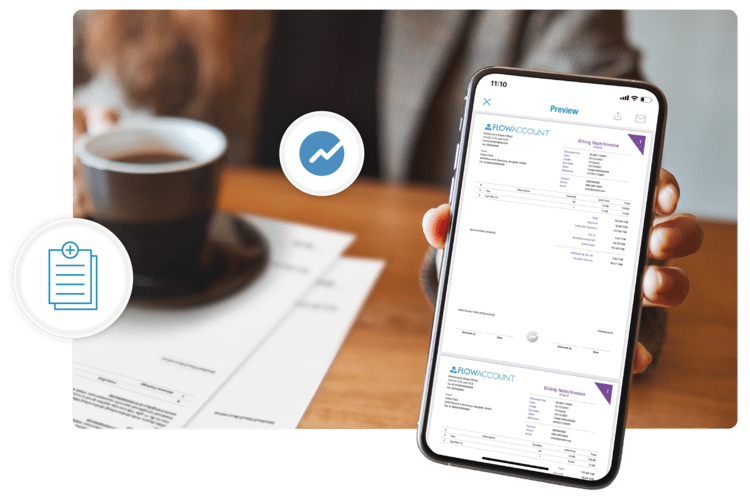
How FlowAccount billing notes/invoices effectively
help with collecting payments
help with collecting payments
How FlowAccount billing notes/invoices
effectively help with collecting payments
effectively help with collecting payments
How FlowAccount billing notes/invoices effectively help with collecting payments
Simplify your business operations with FlowAccount, the comprehensive invoice software for SME. Generate accurate and customized notes with just a few clicks.
Simplify your business operations with FlowAccount, the comprehensive invoice software for SME. Generate accurate and customized notes with just a few clicks.
Download now
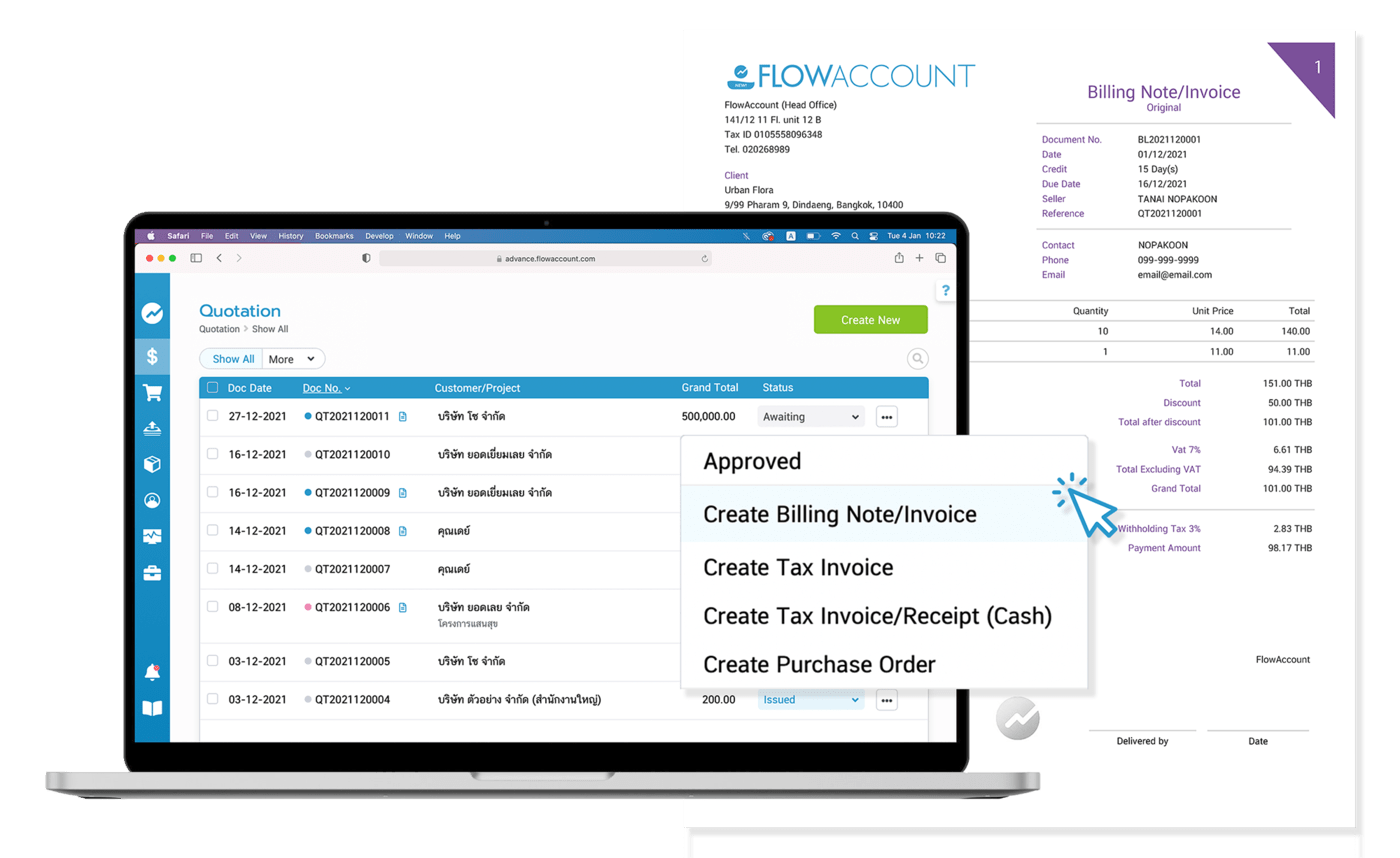
Issue documents using information following
from quotations to reduce data errors
Bill your client in foreign currency with automatic exchange rate
For wholesalers, combine all of your orders
into one cumulative billing note
You can change document status
to keep track of your issued documents
Check overdue receivables and payables
using real-time dashboard
Send straight to your clients as a PDF,
email or link
Download now
How good billing notes/invoices encourages
your customers to pay their bills on time
your customers to pay their bills on time
How good billing notes/invoices encourages your customers to pay their bills on time
How good billing notes/invoices encourages your customers to pay their bills on time
Create professional invoices easily with FlowAccount, your invoice software online. Automatically fill in details from quotations and set payment due dates.
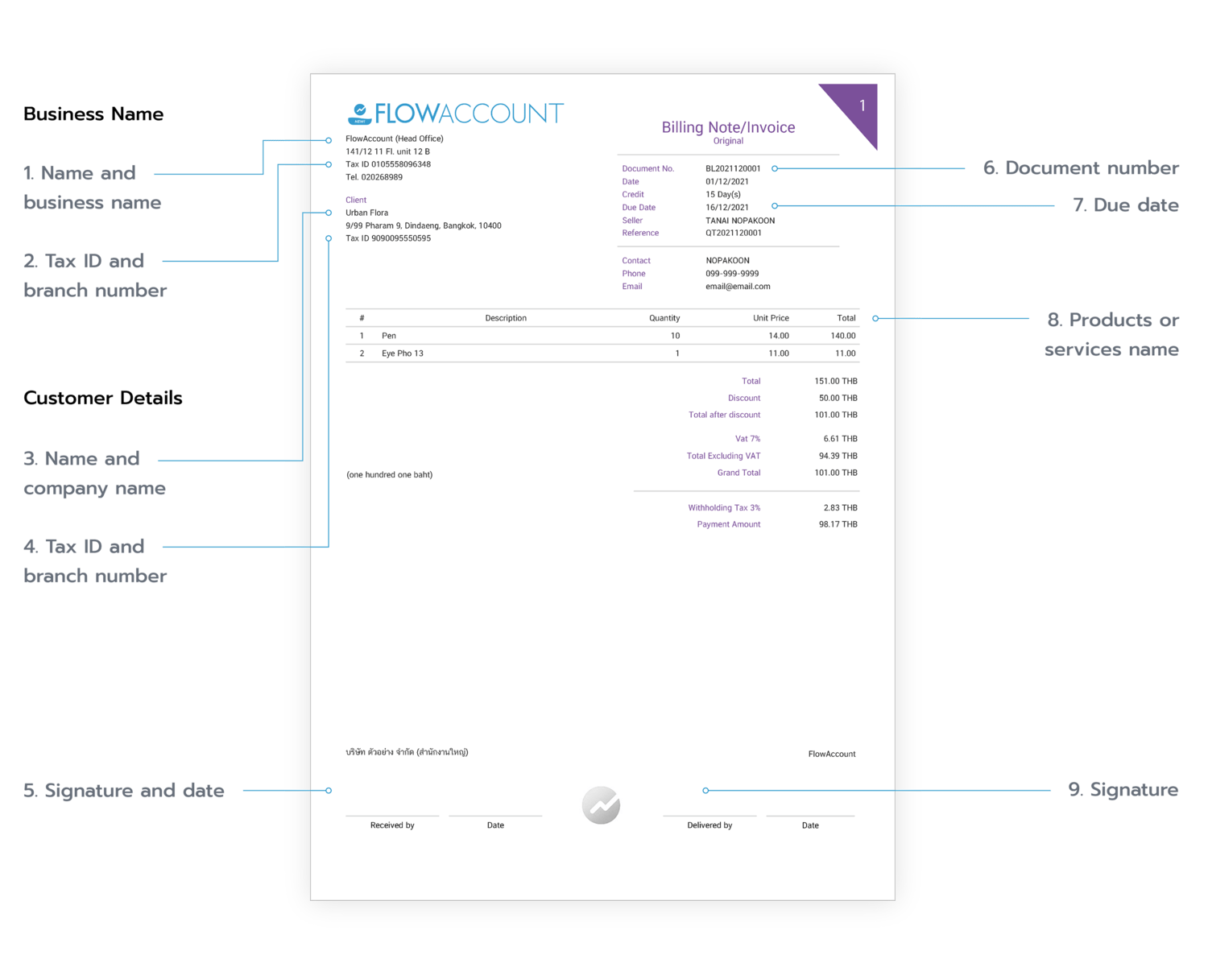
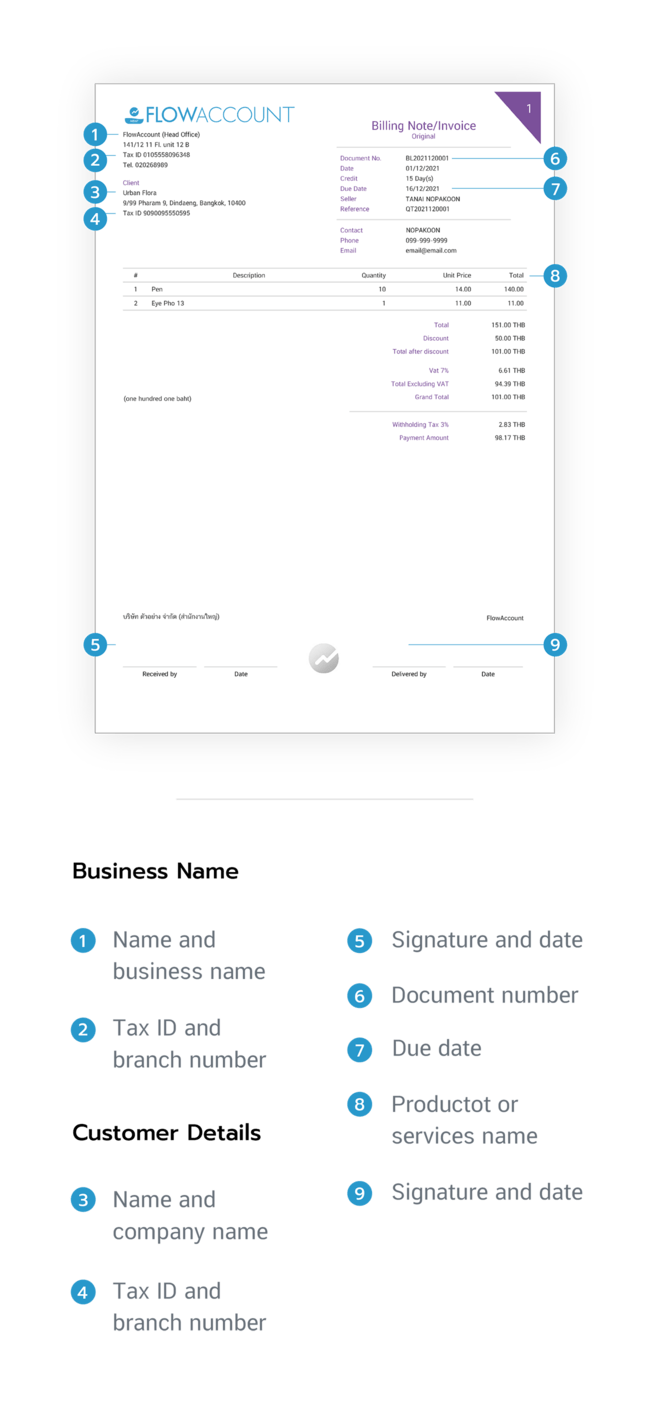
Create Billing Note/Invoice via mobile app
1

Open the triple bar icon Click 'Billing Note/Invoice' menu
2

Complete all your billing note/invoice information
3

'Preview/Share' document or share via other desired channels
Create Billing Note/Invoice via mobile app
Check out how to create
billing notes/invoices
from our tutorial
billing notes/invoices
from our tutorial
Check out how to create
billing notes/invoices from our tutorial
billing notes/invoices from our tutorial
Check out how to create
billing notes/invoices from our tutorial
billing notes/invoices from our tutorial
Frequently Asked Questions
What is the difference between a billing note and an invoice?
A billing note is a document that reminds a customer to pay by a specific date. It shows the total sum as well as product/service details.
An invoice is a document that displays the total cost of products or services and is issued after the project is finished. It contains information on the products or services, including their specifications and costs, as well as the payment deadline.
In some cases a business can use either a billing note or an invoice, or both of the documents. For example, if you sell a product to customers only once, you can send them an invoice. If your wholesale business delivers goods to customers many times, you will need to make multiple invoices and billing notes to sum up pricing for your customers.
An invoice is a document that displays the total cost of products or services and is issued after the project is finished. It contains information on the products or services, including their specifications and costs, as well as the payment deadline.
In some cases a business can use either a billing note or an invoice, or both of the documents. For example, if you sell a product to customers only once, you can send them an invoice. If your wholesale business delivers goods to customers many times, you will need to make multiple invoices and billing notes to sum up pricing for your customers.
How to issue billing notes and invoices?
1. Prepare a set of billing notes (original and copy paper), as well as an enclosed quotation, invoice, tax invoice or purchase order, if necessary.
2. Submit the documentation to your customer and have them sign it to confirm the payments. The original paper is kept by the client, while your company collects the copy.
3. After the customer makes a payment, the company issues a tax invoice or receipt and sends it to the customer.
2. Submit the documentation to your customer and have them sign it to confirm the payments. The original paper is kept by the client, while your company collects the copy.
3. After the customer makes a payment, the company issues a tax invoice or receipt and sends it to the customer.
What types of businesses should use billing notes and invoices?
Billing notes and invoices are always used in businesses that have determined
credit term payments for customers.
Is my information safe?
Yes. FlowAccount utilizes a secure, world-class cloud storage system called
Amazon Web Services, which is regularly backed up. Like any online app, users
should choose a strong password and your own email address to login.
FlowAccount does not share user information with third parties.
Join 130,000 happy businesses that build their business billing notes/invoices with FlowAccount
Create your free billing notes/invoices todayInformative articles on Invoicing
Improve your invoicing practices with FlowAccount, a comprehensive invoice software for SME in Thailand. Our articles provide valuable guidance on creating professional invoices and connecting seamlessly with customers.






